Blog
- Asteroids
- Blog
- Comets
- DSO
- Eclipse
- Galaxies
- Globular Clusters
- Nebula
- Northern Lights
- Open Cluster
- Planets
- Solar Imaging
- Solar System
- Stellarium
- Supernova
- Tutorials
- Video
- YouTube
- All
-
Sort by:
- Date
- Title

First light with the Rokinon 135mm lens
The night of October 4, 2022 I used the Rokinon135mm for some deep sky imaging in narrowband for the very first time.
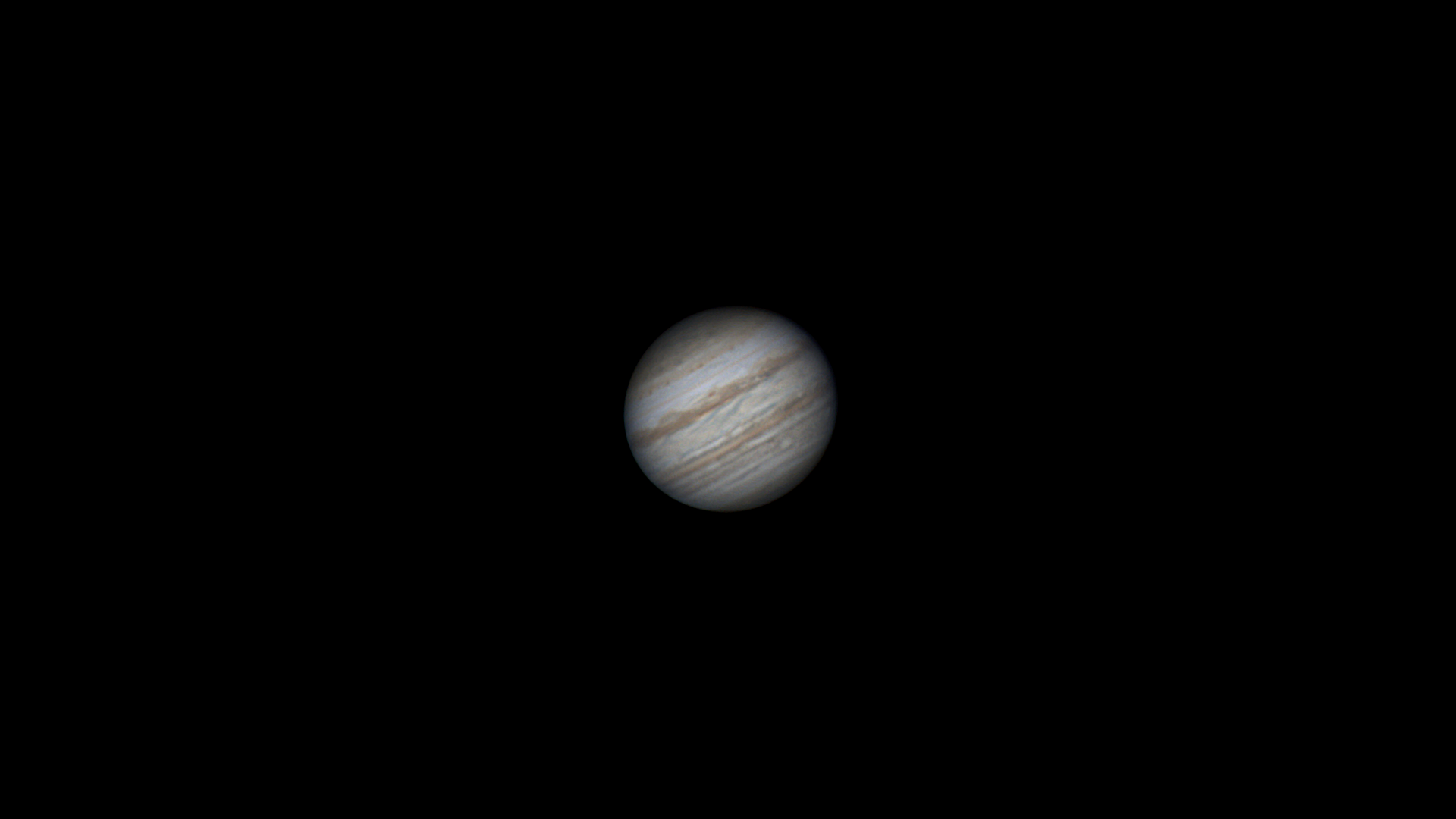
A night with Jupiter
The night of September 08, 2022 I imaged Jupiter with a 8 inch telescope and a planetary camera from my driveway.
On September 26, the giant planet will be at opposition and will be visible all night long. The night before Jupiter will make its closest approach to Earth since October 1951. Its distance will be 590 million km and it won’t be this close again for the next 107 years, until the year 2129!
Have a look at my new YouTube video of Jupiter!
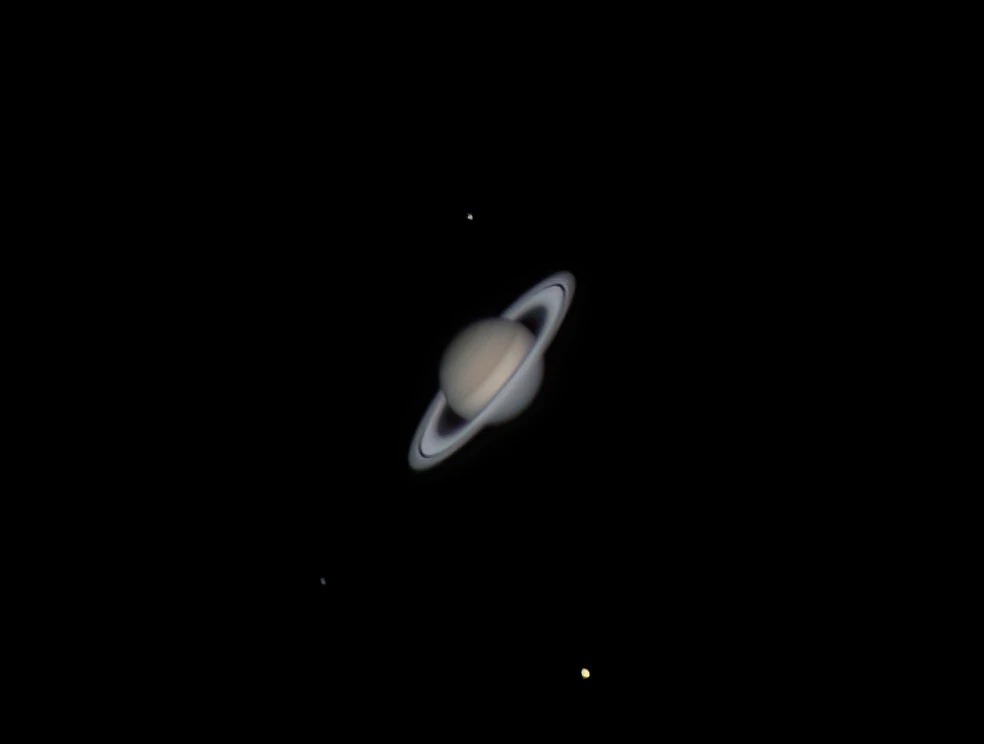
I imaged Saturn and its moons at opposition!
I took advantage of a few clear nights to image Saturn with my Celestron 8 SCT telescope, a PowerMate 2.5x and a dedicated planetary camera (ZWO ASI224MC).
Seeing was below average, but I collected enough data to be stacked in the final image visible below. You can see the yellow disc of the planet, the rings with the Cassini division and three moons: Rhea, Tethys and the yellow Titan!
You can also see a short YouTube video if you scroll to the end of this page. I hope you’ll enjoy it!
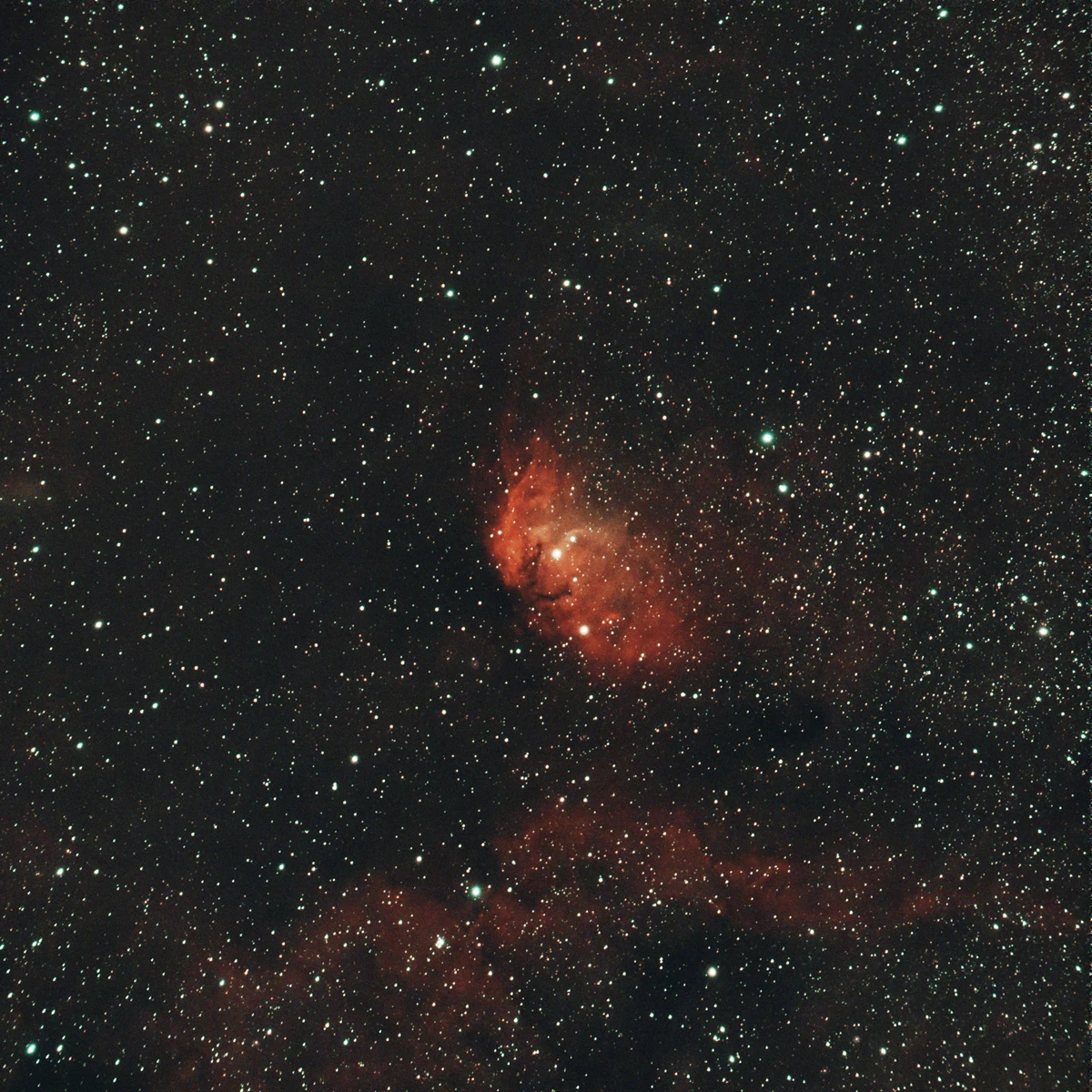
I photographed the Tulip Nebula and a black hole!
August 2nd, 2022: another amazing stargazing night with the Tulip Nebula in Cygnus.
Curious fact: in my image I also captured the first confirmed black hole candidate: Cygnus X-1!
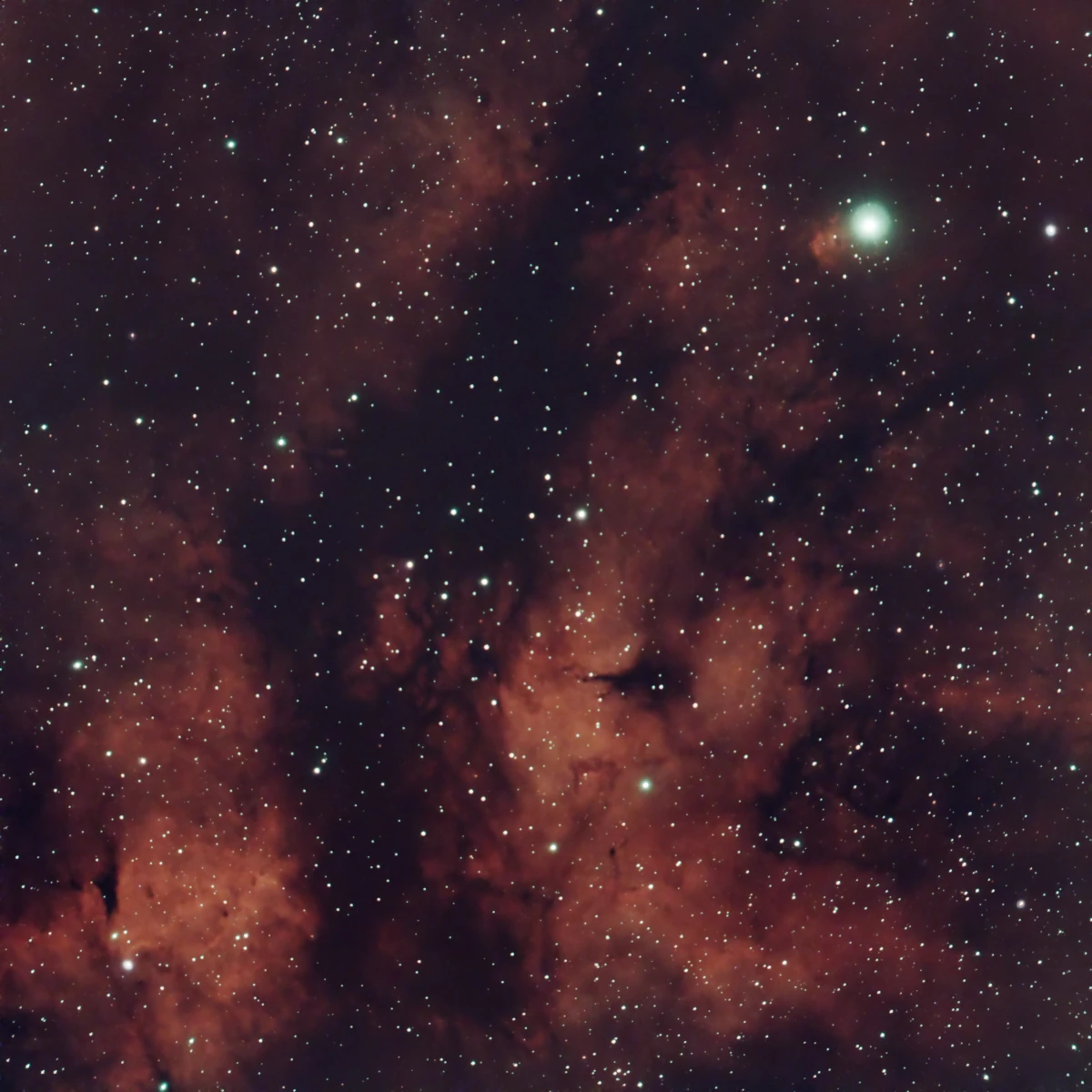
More narrowband: Dumbbell Nebula, Cocoon Nebula and Sadr Region
The last few days of July 2022 I had several clear nights in a row, and I imaged whenever I could.
I imaged several targets, including two emission nebulae (Cocoon Nebula -IC 4146), the Sadr Region (Gamma Cygni Nebula) and one of my favorite planetary nebulae (the Dumbbell Nebula – M27).
I made some tweaks to enhance my imaging routine. I added the Celestron PWI (CPWI) Telescope Control Software for the initial alignment of my equatorial mount and to connect the mount to the imaging software (NINA) and the guiding software (PHD2).
I also installed NoiseXTerminator, a plugin for PixInsight that, thanks to AI technology, removes background noise from images without affecting stars or DSO. Considering that the total integration time for each image was less than 1 hour, I was quite impressed by the final results.
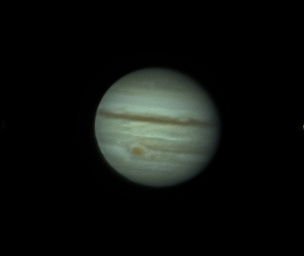
My first planetary images of the season
I had to stay up until 3am, but at last I was finally able to capture my first planetary images for the season!
Seeing was brutal for the most part of the night, with some low clouds that were disturbing my imaging session. I stayed up until 3am and in the last few minutes the atmospheric turbulence improved.
Notably, I visually saw a very bright passage of the ISS (International Space Station) at 10:44 pm EDT.
Around midnight a neighbour saw me and my telescope in my backyard and decided to join me and watch Saturn together!